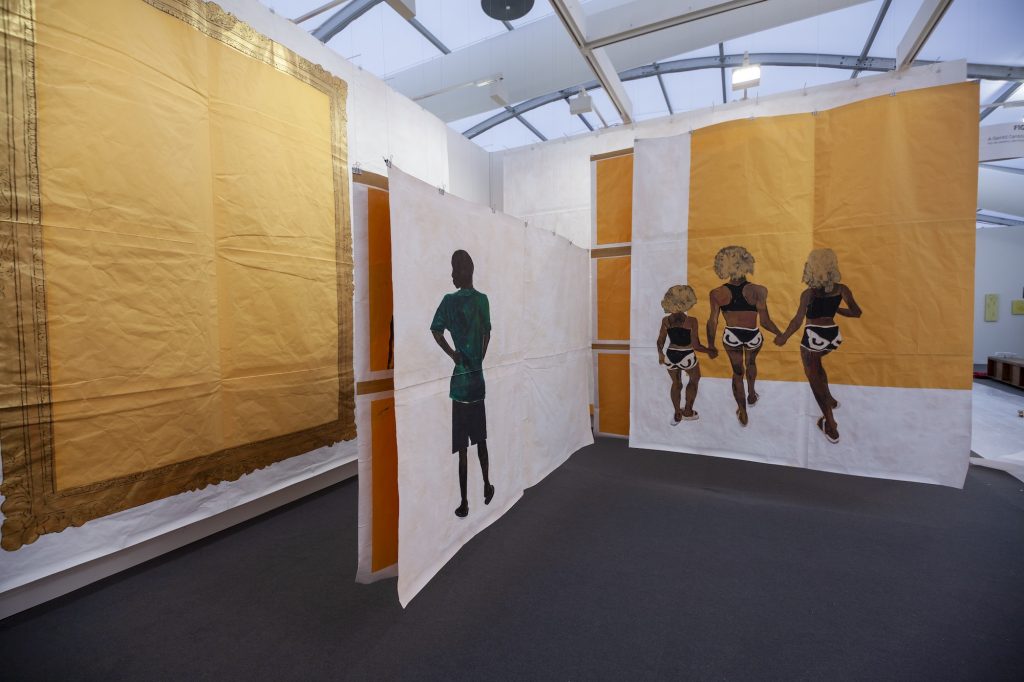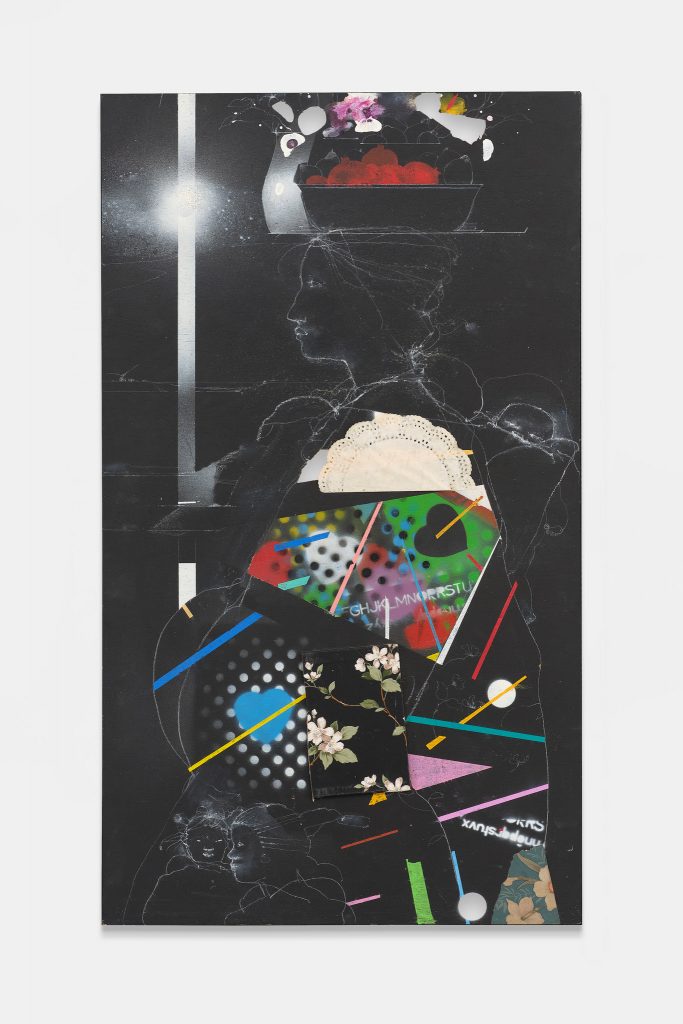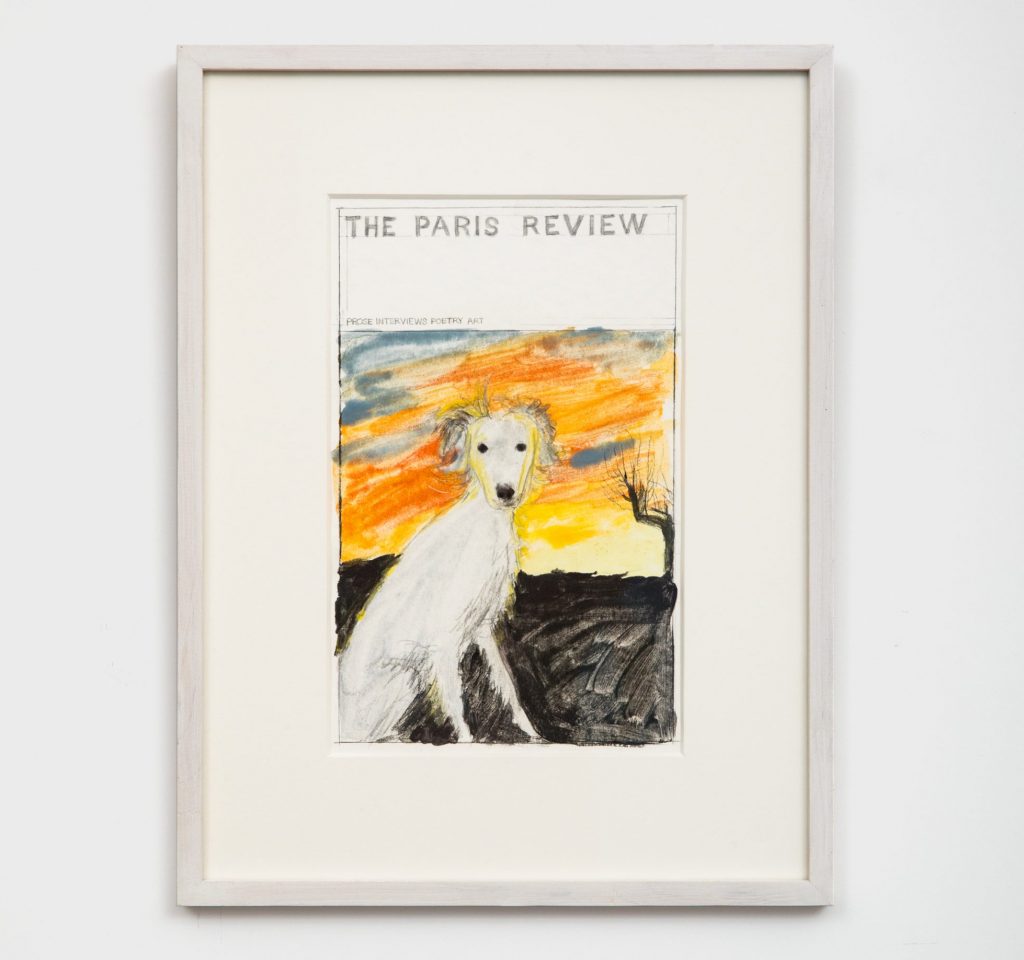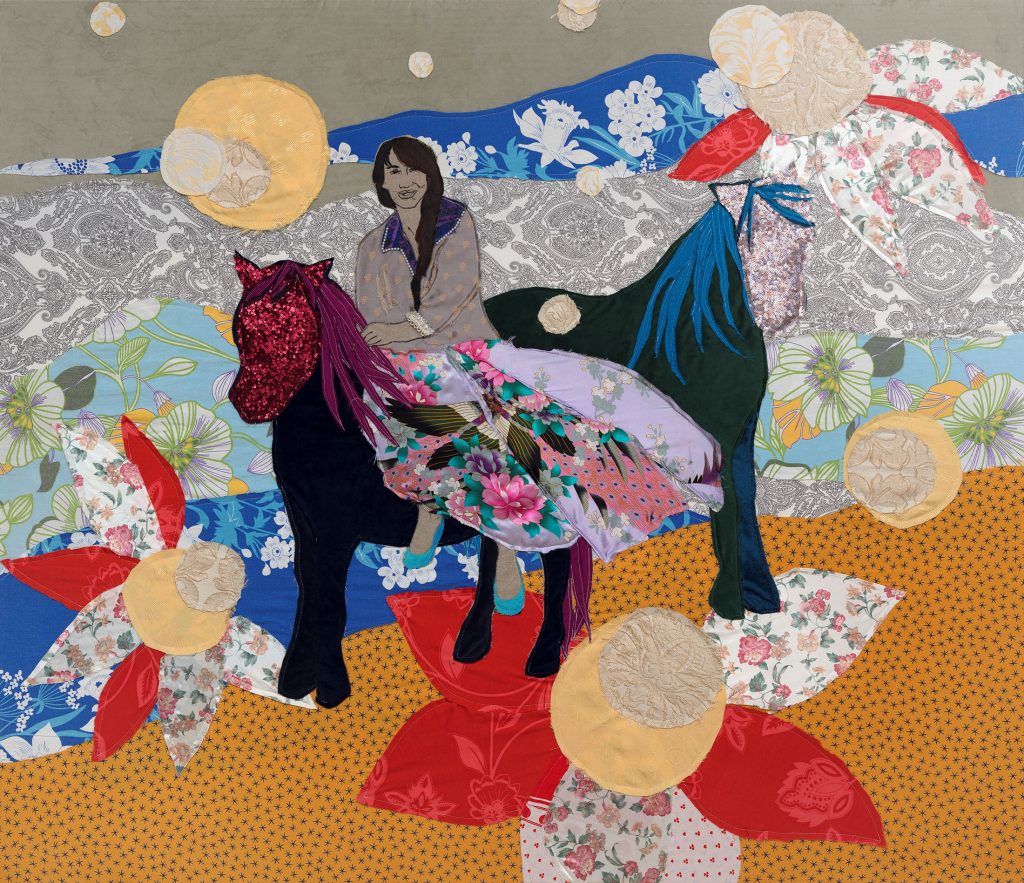Art Fairs
As Competition Ramps Up in the Primary Market, Midsized Galleries Promoted Their Close Ties to Artists at Paris+
But worries persist about the future for smaller galleries. "Maybe we’re dancing on a volcano,” one dealer said.

But worries persist about the future for smaller galleries. "Maybe we’re dancing on a volcano,” one dealer said.

Anna Sansom

Paris+, like all art fairs, is highly competitive, with gallery stands vigorously promoting artworks and vying for the attention of collectors and curators. There is also intense competition when it comes to representing artists. As Paris+ opened in the Grand Palais Éphémère this week, midsized galleries emphasized the importance of maintaining a close relationship with their artists in order to stave off blue-chip competitors.
“I can still have relationships with artists on a personal level and my hope is that the strength of that intimate relationship is important to the artists,” New York dealer Andrew Kreps told Artnet News about the appeal of his gallery’s size. “People in monster-size galleries don’t really know the artists and a medium-sized gallery is less corporate.” However, he conceded that the possibility of losing artists was “definitely a concern.”
Situated in the part of the fair nearest to the Champ de Mars overlooking the Eiffel Tower, there was slightly less footfall in among the middle-market galleries during the VIP preview, although it was nonetheless busy.
“People are having a little trouble finding this part of the fair but it’s still been good,” Kreps added. He was showing a solo presentation of multimedia works on blackboard surfaces by Raymond Saunders, who had a studio in Paris in the late 1980s. Two works, priced at six-figure and five-figure sums, sold on the preview day.

Raymond Saunders, Untitled (1990), mixed media on panel. Courtesy of Andrew Kreps.
Nearby, Jason Hwang, a director at High Art (Paris/Arles), spoke with equanimity about the pressure to expand in order to be able to fulfill an artist’s dreams and how galleries were at the mercy of artists.
“It’s amazing and daunting how quickly artists can grow today in terms of both scale and reach,” he said. “The reason why many galleries expand is to facilitate their artists’ growth and be able to materialize larger projects.”
Faced with these challenges High Art opened a second—albeit tiny—space, in Arles during the pandemic. It was the space’s history and architectural characteristics that convinced them.
“When artists are faced with challenging spaces, they tend to respond well,” Hwang opined. “Opening a space in New York might have been better monetarily but having an intimate relationship with the community of Arles made us excited to be gallerists again.” At Paris+, the gallery’s booth included Julien Creuzet’s brightly colored mural sculptures made with threads and fabric, evoking a distant landscape (priced €30,000).“

Xinyi Cheng, Overwhelmed (2022), Iwa-Enogu on paper. Courtesy Balice Hertling, Paris.
Even if a blue-chip gallery becomes interested in a medium-sized gallery’s artist, it is not necessarily doomsday, thinks Daniele Balice, co-founder of Balice Hertling in Paris. “We were Xinyi Cheng’s first gallery and now he also works with Matthew Marks,” said Balice. “For us, it’s a choice to stay medium-sized. It’s about research, passion and growing with our artists, like how we’ve constructed a very stable career for Camille Blatrix.” Balice Hertling’s preview sales included a small painting of a white dog on an imaginary magazine cover by Cheng, around €10,000, and an abstract marquetry work by Camille Blatrix, €50,000.
Berlin gallerist Barbara Wien spoke fearlessly about the different strata of the gallery ecosystem. “We cannot compete and don’t want to compete with the big galleries that have five places worldwide; I don’t fear them and some of them are my friends,” said Wien, who sold works by Haegue Yang and Nina Canell, around €15,000, at the preview. “I have a very close relationship with my collectors and I’m delighted that artists who have been working with me for over 20 years, like Haegue Yang and Jimmie Durham, have become superstars. I cannot avoid our system, but it depends on the artist and where they want to be represented.”
However, one American gallerist, speaking off the record, looked downcast when asked about the mega-galleries dominating the market internationally by opening multiple spaces. “It’s such a complex subject,” they said.
What counts, believes Márcio Botner, co-founder of A Gentil Carioca from Rio de Janeiro, is the capacity to try new things as well as firmly consolidating relationships with artists, institutions and collectors. “My advice would be to take risks—everything depends on the project and the risks you take,”said Botner.
He is presenting a solo, labyrinthine booth of works at Paris+ featuring Maxwell Alexandre’s “Novo Poder (New Power)” series depicting Black students in museums (although the artworks are not visible and some figures are looking at their smartphones), as well as gold works with trompe l’oeil frames. “The hanging was complicated and we had to ask for additional beams,” Botner said.
Magnin-A, founded by André Magnin, has also carved out a strong identity at the fair, in this case by exhibiting artists from the African continent in Paris. “We’re a human-sized gallery, it’s not the same if you have several spaces,” said director Philippe Boutté. At the preview, the gallery sold three of its four large-scale paintings by Hilary Balu, as well as three others reflecting on colonialism and migration, priced around €68,000.
“We were originally thinking of having a solo show of his work in the gallery, and then we decided to present a solo booth instead for the première of Paris+,” Boutté said. “Paris is becoming one of the most important places on the planet for contemporary African art.”
Meanwhile, Foksal from Warsaw, said that nurturing the gallery’s place in Warsaw’s expanding scene was its main priority. “The art market in Poland is developing quickly so we need to concentrate right now on our [local] market,” said Alexandra Sciegmienna. At the Paris+ preview, the gallery sold three textile collages by Małgorzata Mirga-Tas, including one portraying a female figure and two sequined-faced horses, priced €30,000 to €45,000.

Małgorzata Mirga-Tas, Siukar Hanna (2022), textile, acrylic. Courtesy Foksal Gallery Foundation, Warsaw.
Yet Dutch gallerist Ellen de Bruijne, a Paris+ committee member, voiced concern about the financial hardships that medium-sized galleries may face a few years from now. “We’re worried about the war in Ukraine and inflation but we don’t feel the effects yet,” de Bruijne said. Her sales at the fair included drawings about the female body by Anne-Lise Coste, whose work has entered the CNAP, France’s national contemporary arts collection.
“A gallery with a good network of supporters can do well for the next three or four years, which museums have budgeted for, but we might feel a knock-on effect later. Maybe we’re dancing on a volcano,” she added, referring to a possible eruption of the art market.
Nonetheless, London gallerist Pilar Corrias looked defiant as she stood in front of Philippe Parreno’s Christmas tree sculpture, twinkling with fairy lights. “I do my job well, and understand that the artists need to be in institutions and great collections,” said Corrias, who has two spaces in London, beaming.
More Trending Stories:
Click Here to See Our Latest Artnet Auctions, Live Now